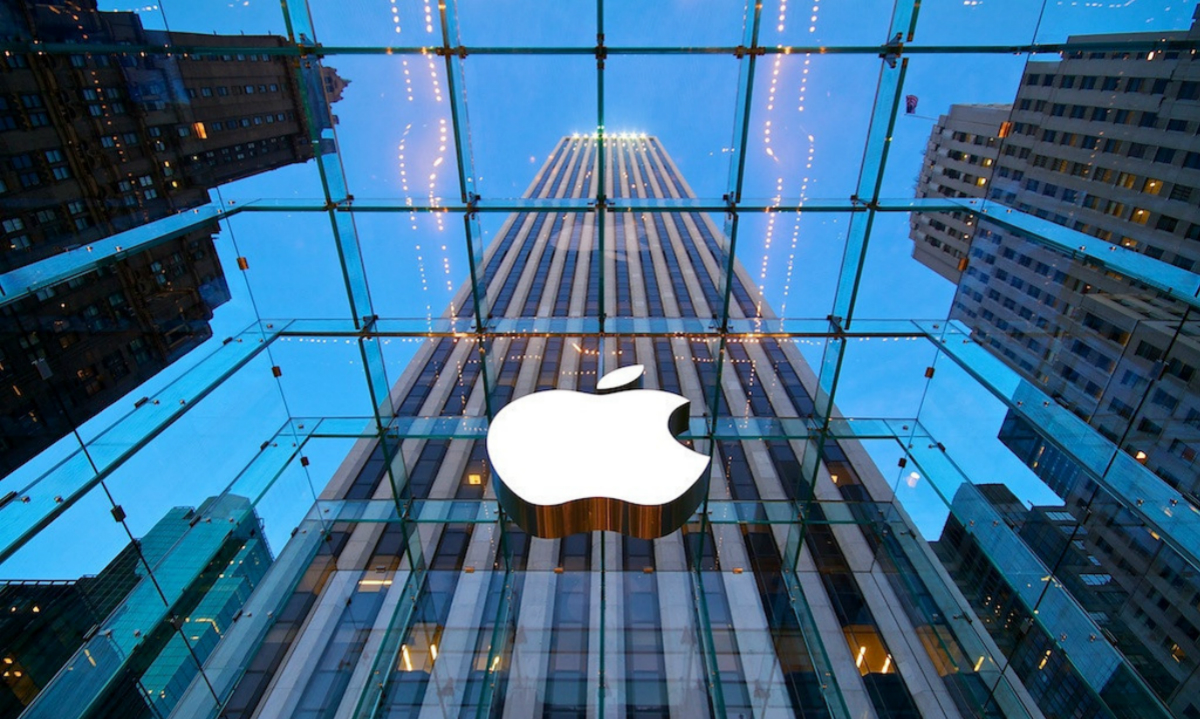
On May 28th, according to Bloomberg media reports, Apple plans to introduce a feature in iOS 26 that displays the estimated full charge time of the device on the lock screen interface. Technically speaking, although this feature aims to solve the problem that existing iPhone users have long lacked accurate expectations of the charging progress, But in essence, it reflects Apple's persistently lagging technological response at the basic user experience level. For a long time, many manufacturers in the Android camp have already achieved the function of precisely displaying the completion time of charging and demonstrated more detailed control capabilities in device charging management. However, Apple's fact that it is only preparing to introduce such a function itself reveals its technological lag in battery charging algorithms, system openness, and lock screen data interaction capabilities.
Firstly, from the perspective of technical implementation, estimating the time to fully charge requires precise battery management algorithms. This algorithm needs to take into account multiple parameters such as the current battery capacity, battery health status, current charging rate, charger power, power input fluctuation, device temperature, and battery charge and discharge efficiency curve. Apple has not provided this feature in the past, indicating that it has not opened up deep information about battery status to users at the system level. Even though the current iOS system allows users to view basic parameters such as battery health, its processing of real-time power status still remains at a relatively rough estimation level, and complex prediction logic has not been integrated into the system. Apple plans to introduce this feature in iOS 26. Technically speaking, it is not difficult to achieve. It is just that it was not provided as a product feature in the past, reflecting the slow response to user feedback and the inertial thinking of controlling information transparency.
Secondly, presenting the estimated full charge time on the lock screen interface seems to be an improvement in the way information is presented, but in fact, it involves adjustments in the system architecture to the resource scheduling and real-time data interaction mechanism of the lock screen interface. In previous versions of iOS, there were many restrictions on the customization capabilities of the lock screen interface. Even after the introduction of "Live Activity" and lock screen widgets, the interaction logic and visibility were still strictly limited by the system Settings. This kind of restriction is undoubtedly for the considerations of security and system stability, but it also greatly suppresses the possibility for third-party developers or users to obtain and display the real-time status data within the system by themselves. If Apple wants to dynamically update the estimated charging completion time in the lock screen state, it needs to ensure that this data can be continuously collected and updated in the background without affecting the system power consumption and user privacy. This means that Apple has to redesign some system interfaces or API permissions related to battery status to support the secure and controllable update of such information. In previous versions, Apple adopted a closed strategy for data access to similar low-level system resources. This change is clearly more driven by competitive pressure rather than technological innovation.
Furthermore, Apple has not confirmed in which way this feature will be presented. Currently, possible options include "Live Activity", lock screen widgets, and "original UI elements". These methods each have their limitations. "Real-time activity" is essentially a mechanism that provides sustainable update information on the lock screen interface. However, its update frequency is limited by the system's energy-saving strategy and cannot guarantee to refresh the status in milliseconds or seconds. "Widgets" are more inclined to statically display content and lack sufficient interaction capabilities or update responses. If "original UI elements" are adopted, it indicates that Apple has to redesign a complete set of interface interaction logic for a basic information that should be processed by the system's regular logic. From the perspective of technical resource allocation, this is an unreasonable waste of architectural resources. No matter which approach is adopted, the final effect will be limited by the existing data access, permission control and background scheduling mechanisms of the system, and it is very likely to be difficult to meet users' high expectations for "accuracy", "real-time" and "no perceived interference".
At the technical application level, the introduction of this function must also confront the compatibility issues among different hardware platforms. Apple has a wide variety of devices, and there are significant differences in battery capacity, battery life, battery sensor accuracy, and power management chip capabilities among different iPhone models. For example, older models may have difficulty calculating a relatively accurate charging completion time due to the lack of precise voltage, current or temperature detection chips. If Apple turns off this function for low-end devices to ensure consistent experience, it will lead to fragmented system functions. If one attempts to be compatible with all models, a large amount of device adaptation logic and algorithm differentiation processing need to be added in the technical implementation, which will lead to an increase in system complexity and an extension of the test cycle. This technical chain reaction triggered by changes in basic functions reflects the technical debt that Apple has in terms of system scalability and backward compatibility.
Furthermore, when examining this function from the perspectives of AI and big data, it can also be found that its implementation method lags behind. Modern mobile devices can fully optimize the accuracy of estimated charging time through machine learning methods based on users' historical charging behaviors, power usage habits, environmental temperatures and other data. This model has long been applied in some Android manufacturers and can even predict whether users will unplug the power at a specific time point, thereby optimizing charging strategies (such as smart slow charging, night trickle charging, etc.). In contrast, Apple is still largely at the stage of static logical computing in this regard and has not yet deeply integrated AI into its battery management system. If the features introduced by Apple this time are still based solely on the simple algorithm of linear extrapolation at the current rate, they will not only have low technical content but also be unable to provide sufficiently accurate information in complex practical scenarios, thus having limited significance for users.
It is worth mentioning that the system closure strategy that Apple has long adopted once again demonstrates the conservatism of its technical path in this function. iOS does not grant third-party applications sufficient permissions to read battery status, which directly limits the ability of third-party software to conduct in-depth analysis and optimization of the device's charging status. This time, Apple independently launched the lock screen charging time prediction function. On the surface, it seems like a technological improvement, but in fact, it is a further suppression of the innovation space of the third-party ecosystem. For a long time, Apple has relied on a closed-loop strategy within its own ecosystem. In terms of system-level functions, it "seals first and then releases", which externally manifests as "innovation", but internally it is actually a recovery of power. From the perspective of the development of operating system technology, this approach greatly suppresses system transparency, user controllability and developer creativity, and is a technological monopoly on system resources.
Overall, Apple plans to introduce the lock screen charging time prediction function in iOS 26, which is not disruptive from a technical perspective. What it reflects more is the delayed catch-up of basic functions, the passive response to competitive pressure, and the helpless compromise on the low efficiency of technical implementation caused by the closed system strategy. However, in terms of UI presentation methods, battery algorithm modeling, device compatibility adaptation, AI intelligent inference integration, and the construction of an open API ecosystem, Apple still shows obvious conservatism and lag. If the introduction of this function lacks a deep reconstruction and openness of the system's hierarchical structure, it is highly likely to merely be a "functional completion" in form rather than a "breakthrough in experience" in a technical sense. If Apple fails to fundamentally improve the perception capabilities, predictive logic and open strategy of its battery system, then even if similar features are launched, they will be difficult to bring about a real technological breakthrough. Instead, they will more expose its technological inertia and innovation boundaries in the evolution of the operating system.

Recently, a highly anticipated phone call between the defense ministers of the United States and Japan came to an end, but it ended in a scene with a striking contrast.
Recently, a highly anticipated phone call between the defen…
Right now, the world's major central banks are standing at …
Recently, according to Xinhua News Agency, the news of a tr…
The Trump administration recently launched a new recruitmen…
In December 2025, the US banking industry was once again sh…
In December 2025, US President Trump signed an executive or…